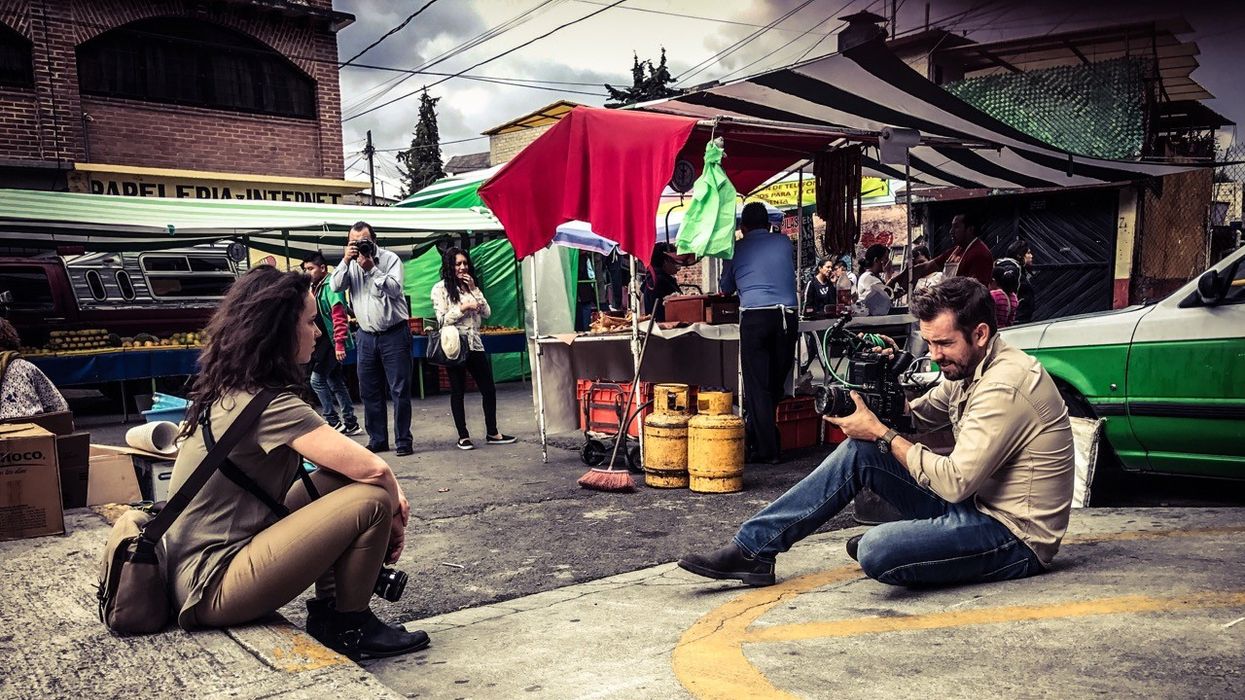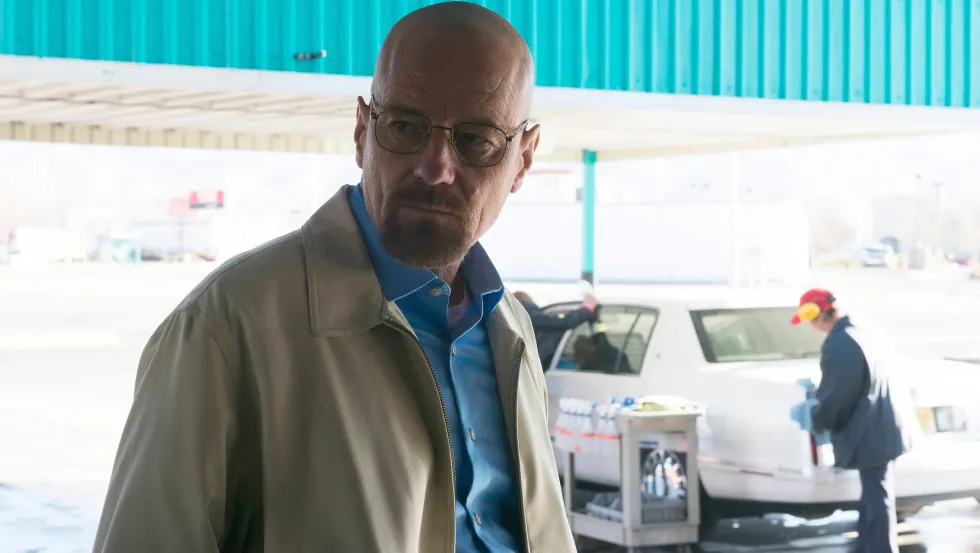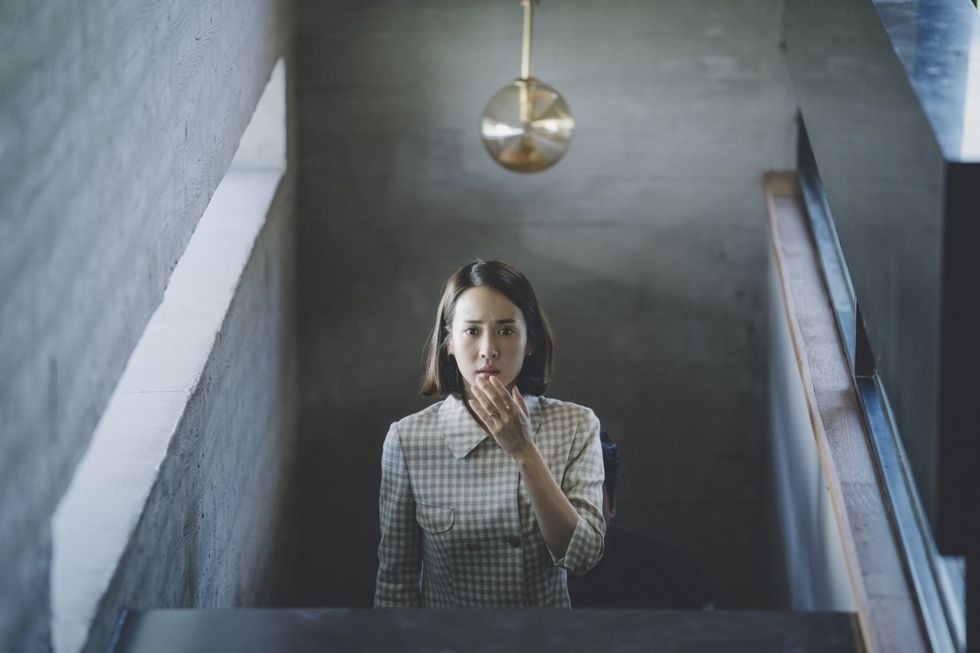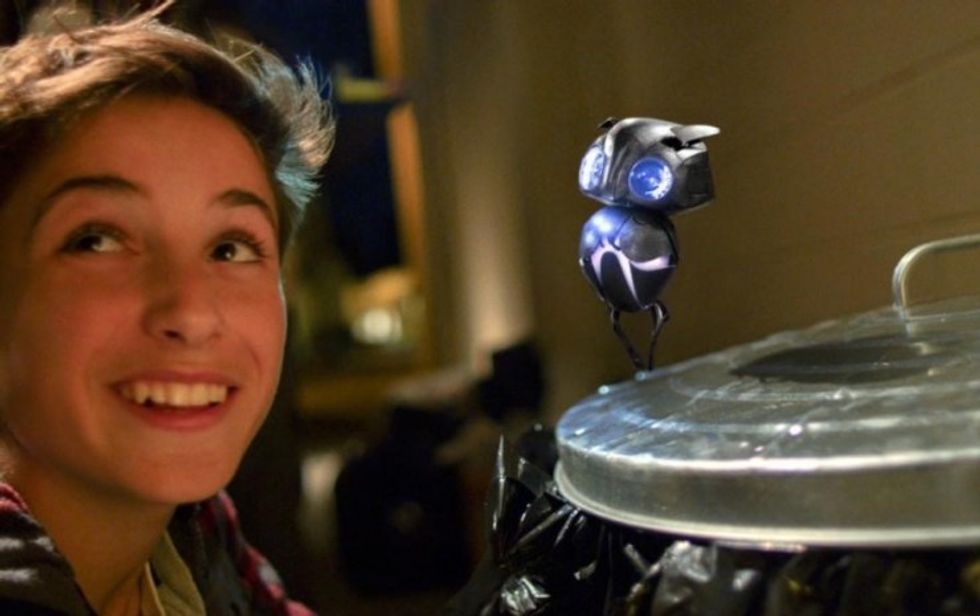Permitted or Not: Shooting Narratives in Live Environments
Filmmaker Joshua Caldwell experiments with the filming of real places by shooting his latest project.

I’d say that most of us filmmakers start off using guerilla tactics to get our films in the can. We grab our cameras, go out into the world, and make our movies.
I remember in high school we would stage lightsaber fights, use fireworks as pyrotechnics and run around my hometown dressed in costumes – without a care or thought as to whether what we were doing was legal. We were kids and if anything, we were just messing around.
Then, we got to film school (or started researching filmmaking online) and learned that we really should have a crew, permits, insurance, bigger and better cameras, a Steadicam, maybe a crane, sets, trailers, trucks and an ever-expanding footprint.
That’s filmmaking. That’s the only way to make a film. And I bought into that as well. But lately, I’ve realized it’s only a way to make a film – not the only way.

You see, making a film the traditional way is expensive even when you’re trying to do it super-cheap. Permits, crew, insurance, camera rentals, trucks, trailers all cost money and add up quickly. They also take time to move, to set up and can act like a giant drag chute as you run around trying to make your day.
On my last several projects, I’ve been experimenting with a different way of shooting: live environment shooting. Essentially, it’s stepping into a real place (permitted or not) and shooting your scene.
The only thing you control is the camera and the actors.
The only thing you control is the camera and the actors. If this sounds familiar it’s because this is basically what Sean Baker did on Tangerine. He had a permit to film but had no control over the area.
Last year, in partnership with Canon Mexico, I decided to put this to the test and see if I could pull off a short using this method. The resulting film, CIUDAD, was shot on the streets of Mexico City on the Canon C300mkII with CN-E lenses.
The only “sets” we had control over were the apartment and the restaurant. As you may have noticed, that’s where we staged our dialogue scenes (more on that later). All the shots of Veronica out on the streets of Mexico was captured on-the-fly, basically by driving around for three days looking for things to shoot.
We were able to capture things we could never have staged, but the result is a documentary-like like look at our character and her job. And that’s exactly what we were going for.
If you’re always out trying to find money, then you’re spending most of your time fundraising, not filmmaking.
From my $6000 debut film Layover to my $100,000 spy thriller Negative, I’ve continuously tried to find ways to not let lack of money stop me from making movies. If you’re always out trying to find money, then you’re spending most of your time fundraising, not filmmaking.
That's not to say that big budget filmmaking doesn’t have its place, but like I said before, it’s not the only way to make movies. Sometimes it’s nice to get back to the essentials, your student filmmaking days. You’d be surprised at what you can get out of it. Here’s some tips on how to pull if off.

Designing for Live Environment
The Story
It always starts with the story. Not every film is right for a guerilla approach. You have to DESIGN it from the beginning so that you’re able to achieve it on a scaled down level. You want stories that put your characters out into the world, where you can really get your production value.
The Polish Brothers set their feature For Lovers Only in France. It looks expensive, but other than the flight, it didn’t cost them anymore than it would in the States. But Paris brings an enormous amount of production value.
I'm providing the script I wrote for Ciudad so you can see how I approached live environment shooting in the writing stage.
With Ciudad, I knew that so much of what a photojournalist does is just driving around trying to find stories. I knew doing so would take us to a lot of different places, giving us a lot of scope and a variety of locations that would help enhance the story.
I'm providing the script I wrote for Ciudad so you can see how I approached live environment shooting in the writing stage. As I mentioned above, you’ll notice that all of our dialogue scenes occur indoors in controlled environments: a restaurant and an apartment. That was deliberate. (And not at all a new concept, as the masters of French New Wave were prone to doing the same thing.)
This doesn’t mean you can’t have some dialogue, but keep it to a minimum and keep your longer dialogue scenes indoors where you’re not under the same pressure.
Dialogue scenes often require multiple takes and part of shooting in live environments is not calling attention to yourself. Multiple takes take time and trying to capture great performances from an actor while also dealing with an uncontrollable environment can often be too much. This doesn’t mean you can’t have some dialogue, but keep it to a minimum and keep your longer dialogue scenes indoors where you’re not under the same pressure.
You’ll also notice that the live environment sections are pretty thin, almost placeholders. With Ciudad, there weren’t any specific actions that had to be captured, it was really just Veronica walking around Mexico shooting pictures. It didn’t really matter what those pictures were, so I didn’t bother writing them.
I knew that the bulk of the story was in those dialogue scenes and in the case of this short, everything else was just window dressing. So, I didn’t expend energy trying to think up scenes and actions that may never come to fruition. I just put in a placeholder and knew I’d find something while shooting.

Pre-Production
Usually, when shooting live environment, I’m a real stickler for prep. It helps to know as much as possible about a location before you show up to shoot. In the case of CIUDAD, however, I didn’t have that luxury. I flew into Mexico City with only a day to spare before shooting and had to spend that day prepping the camera (as I was also the director of photography).
Knowing everything you can before shooting would be my recommendation.
In this case, I was just going to have to roll with it. There was just no time to see the locations before we arrived for production and I would just have to make it work. Normally though, knowing everything you can before shooting, including multiple visits to the location at your expected time of shooting, would be my recommendation.
Shooting Live Environment
Camera Choice
One of the big production decisions with live environment shooting is camera choice. You want a camera that’s robust, looks really good in natural light, and is fairly inconspicuous. Back in high school when I was shooting on the Canon GL-2, I remember trying to find ways to make that camera as big as possible: adding a Mattebox I didn’t really need, building it out to make it feel like a “real camera.”
Nowadays, all I want is a small, lightweight camera that gives me a great image. Obviously, there are numerous cameras available that fit that bill. For Ciudad, as it was a co-production with Canon Mexico, I decided to use the C300mkII. That being said, as a fan of Canon cameras, I probably would have chosen that camera anyway. I’ve shot with it before and love how it looks in natural light. I knew it was small enough to run around with but by shooting in 2K 12-bit I would have all the latitude I needed in post.
You may want to lean more on natural light in your more controlled environments as well.
You’ll also want plenty of media and long record times. One of the musts with live environment shooting is a mentality of “always be recording.” You never know what might happen and what you might get and don't to be in the middle of swapping cards when it happens. You can sort everything out in post later.
I had an enormous amount of b-roll footage because everywhere we went I was rolling. Without the ability to plan shots I was at the mercy of what was happening in front of me and you never knew when something better would come along. So I just kept rolling knowing that storage was cheap and I would just have to sort through to find the best stuff later on when I was editing
You don’t want it to necessarily feel like you were just running around on the street.
Finally, a camera that looks great in natural light and low-light is a must since much of what you’re shooting you won’t be able to light. You also want your “on the street” footage to match the more controlled footage. You don’t want it to necessarily feel like you were just running around on the street.
You may want to lean more on natural light in your more controlled environments as well. Even in the restaurant and apartment, we basically used what was already there, making use of a small lighting kit only when absolutely necessary.

Actors
One of the bigger challenges shooting in live environments is going to be with your actors. It’s not a common situation for them and the lack of control (especially if they have any kind of name recognition) can be downright scary. But it can also be exhilarating.
You want actors who are unafraid and willing to go for it.
Part of your work as a director is to not only make them comfortable by explaining the process and how you’re going to achieve it but by also prepping them from a character perspective. Because portions of your film are going to be improvised (since you don’t know what you’re going to encounter), you want actors who are unafraid and willing to go for it.
For Ciudad, I found two extremely willing participants in Amy Manson and Mark Polish. As a filmmaker and actor, Mark has a history of shooting in live environments and I thought having him on board would help Amy feel comfortable, as she had never done anything like this.
"To insert characters into a real setting is delicate. You don’t want to disrupt the reality that’s happening, but at the same time you want to feed off that real energy.”
She told me, “The whole experience of Ciudad was such a liberating one, in the sense that, as actors we are constantly seeking to understand the truth of a situation in any given moment and working on the front line the way we did for Ciudad forced me to achieve that objective by only reacting with brutal honesty to the reality as it was. I found this unique, nerve-racking experience empowering and I’d be interested to do it again.”
Mark also added, ”I think to be successful your story has to somewhat support this style of filmmaking. To insert characters into a real setting is delicate. You don’t want to disrupt the reality that’s happening, but at the same time you want to feed off that real energy.”
When we rolled up to the police raid, Amy was front and center, talking to the police, finding out what happened, taking pictures. She was fearless. That’s exactly what you need out of an actor when shooting this way.

Discovery
This to me is the biggest benefit to live environment shooting: the opportunity for discovery. Finding something you never could have planned, never could have invented, and never could have produced.
We spent two days and one night driving around Mexico City. Our fixer had a connect with a photojournalist for a local newspaper, one dealing with the more violent and salacious aspects of city life, and he promised to keep us abreast of anything going on. But other than that, we just drove.
Our photographer connection let us know a truck had crashed into a building one morning, and so we rushed over there just as they were pulling it out.
This how we found the police raid. We spotted it from the car (the shot you see of it as we drive by was one of those always rolling moments) and quickly got out and started shooting. I captured an enormous amount of footage, way more than you see in the film, and it was a goldmine.
Another example was the crashed truck. Our photographer connection let us know a truck had crashed into a building one morning, and so we rushed over there just as they were pulling it out. With police, emergency responders, news cameramen and photographers as well as the rubbernecking public, the scene was another goldmine. So much production value helps contribute to the idea of Veronica being a real photographer and to our film being a legitimate representation of that world.

Finding a Different Way
Ultimately, using live environment is about taking advantage of what’s already there to help benefit your film. For me, it’s about adding production value, allowing you to go places, and capture events a traditional approach might not have.
For me, Ciudad was really about trying to capture something real, something honest.
I’ve also loved how it challenges me as a director and helps me find new approaches to material, to the cinematography and to working with actors. I hope this article has challenged your own approach to making films and you take whatever you can from it.
For me, Ciudad was really about trying to capture something real, something honest. This is the production note I wrote to myself in the beginning of the script:
“The following script is intended as a narrative/documentary hybrid. The italicized action will be shot as a documentary: unscripted, very little control, real world situations. When we write: ‘Veronica shoots pictures of a drug bust’ we mean that the actress playing Veronica will be out in the real world shooting real pictures of a real drug bust. (Or whatever the discovered opportunities are). The goal is to capture on film that which cannot be planned and thus might, in some small way, reveal truth.
This has been a guest post by filmmaker Joshua Caldwell.
















